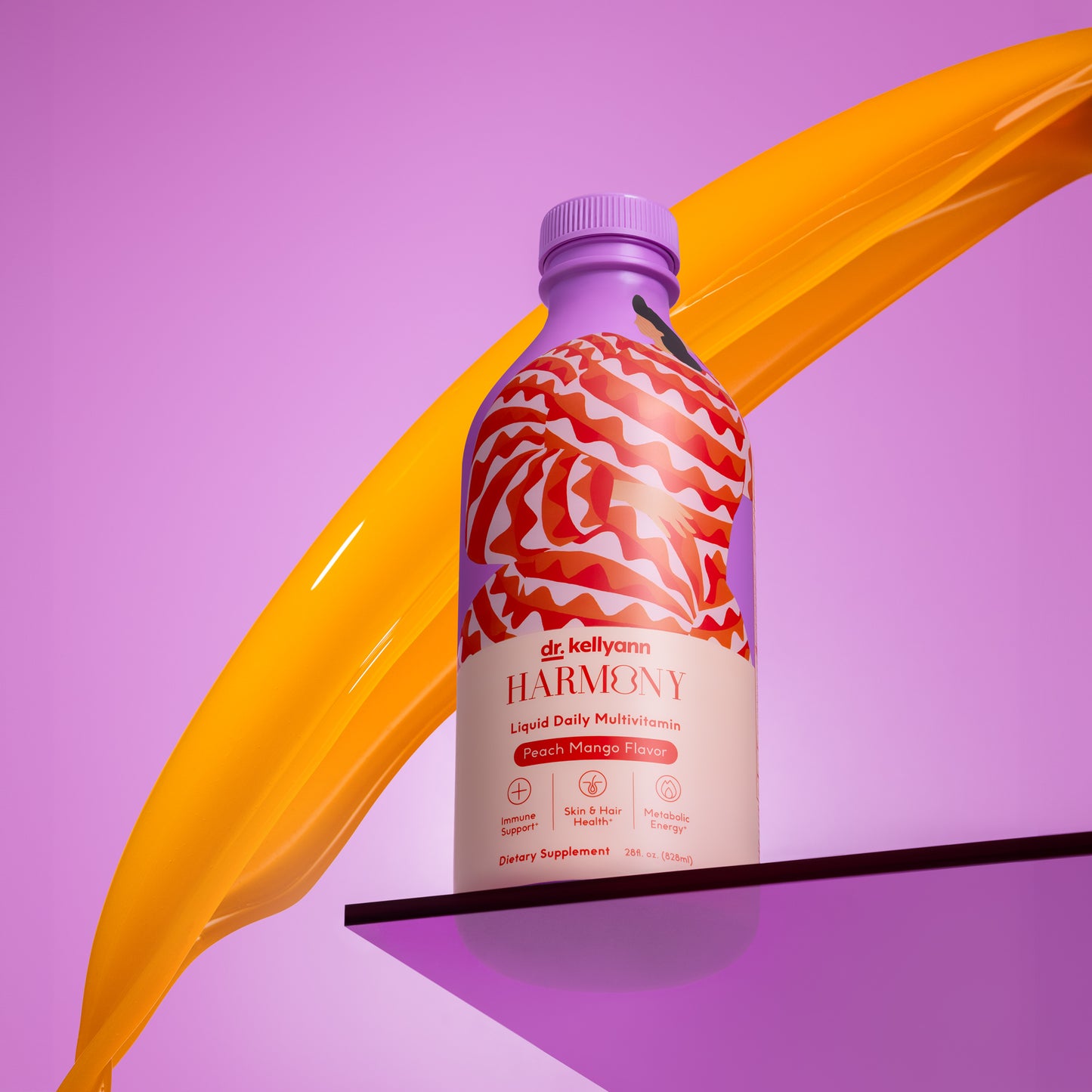
Are Some Carbs Better Than Others? Yes! Here’s My Carb Scale
These days, we’re all big on rating things—whether it’s restaurants, movies, or the books we buy on Amazon. So today, I’m going to tap into this trend and post my own ratings for one food group in particular: CARBS. As you’ll see, I’m giving some high-carb foods a big thumbs-down, and others a big thumbs-up. That’s because smart carb choices pay off in better health, while not-so-smart choices can leave you fat and sick.
My Worst-to-Best Carb Scale
The first thing to know about carbs is that they come in three forms: sugars, starches, and fiber. Sugar and starch jack up your blood sugar and put you at risk for obesity and diabetes, while fiber helps you stay slim, healthy, and satisfied (and keeps your “plumbing” regular).
The second thing to know is that carbs come packaged in lots of different foods—and some of these foods are rich in nutrients your body needs, which others (including some billed as “health foods”) are pure junk or at best “iffy.” When you’re reaching for carb-rich foods, you want to focus on the ones that are rich in fiber and also give you a healthy dose of vitamins, minerals, and other phytonutrients.
Here’s a quick look at different foods that contain carbs and how they stack up on my scale of 0 (worst) to 5 (best).
SUGAR
Score: ZERO (avoid)
Sugar is bad for you in SO, SO, SO many ways. It promotes metabolic syndrome and diabetes. It’s bad for your heart. It raises your risk of cancer. It causes inflammation. And it makes your body crank out huge amounts of advanced glycation end products, or AGEs, which are molecules that age your skin and other tissues rapidly. What’s more, sugar contains no nutrients at all—and no fiber.
My verdict: While I know it’s hard to break the sugar habit, you need to kick this drug. To keep your sweet tooth happy, use stevia or monk fruit sweetener instead. If you want to bake occasionally, choose sweeteners (see my post here) that pack some nutritional power.
REFINED GRAINS
Score: ZERO (avoid)
White flour, white rice, and refined pasta are no better for you than sugar, because they have virtually no nutrients and no fiber. And like sugar, they cause inflammation, pack pounds on you, and put you at high risk for everything from diabetes to cancer.
My verdict: These grains are guilty of making you fat, old, and sick. Eliminate them or cut down on them drastically. You’ll be doing your body a HUGE favor.
WHOLE GRAINS
Score: ONE-AND-A-HALF (eat rarely)
These grains do have some fiber. In addition, they have more nutrients than highly refined carbs. However, just like refined grains, whole grains turn to sugar in your body (did you know that two slices of whole wheat bread feed your body as much sugar as a candy bar?).
Moreover, many whole grains contain gluten, which can wreck your gut if you’re gluten-intolerant. And all grains are high in lectin, an anti-nutrient that’s terrible for your gut (more on this a bit later). What’s more, as this Scientific American article explains, many foods billed as whole grains aren’t really whole grains at all—and these pseudo-whole grains may be doing you some serious harm.
My verdict: When you’re really craving grains, it’s okay to eat whole grains very sparingly. For instance, make an open-faced sandwich rather than using two slices of bread, or have a small bowl of steel-cut oats. However, avoid gluten-containing grains entirely if you’re gluten-sensitive.
BEANS AND LENTILS
Score: ONE-AND-A-HALF (eat rarely)
These foods are high in protein and fiber, and they’re popular because they’re easy on the budget. However, they have a dark side, because they’re high in certain “anti-nutrients” that are tough on your body in large doses. For instance, beans and lentils are packed with lectins, which are proteins that can damage your gut lining and are linked to autoimmune disease. They also contain a large amount of phytic acid, which blocks your body from absorbing iron, calcium, and other crucial nutrients.
My verdict: Avoid beans and lentils if you have autoimmune problems. Otherwise, eat them very sparingly—a good serving size is about half a cup. Soak beans well before cooking to reduce their lectin content.
ANCIENT GRAINS
Score: THREE (eat occasionally)
These grains get a fairly good score because they’re rich in fiber. In addition, they’re far friendlier to your body than modern grains are. That’s because ancient grains like quinoa, millet, buckwheat, faro, sorghum, amaranth, teff, spelt, and kamut aren’t genetically engineered to the point that they’re foreign to your cells. However, do be aware that some ancient grains—including spelt, farro, and kamut—contain gluten. Interestingly, however, some people who are sensitive to the gluten in modern grains can tolerate gluten-containing ancient grains well.
My verdict: Ancient grains can definitely have a place on your table. However, make them an occasional treat rather than eating them every day, and limit yourself to one slice of bread or a half-cup of cooked grains per serving.
FRUITS
Score: FOUR (eat daily in moderation)
The glorious colors and fabulous flavors of fruits come from the powerful nutrients they contain—for instance, the skin-protecting anthocyanins in blueberries, the cancer-fighting ellagic acid in pomegranates, and the fat-blasting nootkatone in grapefruit. In addition, fruits are rich in vitamins, minerals, and fiber. On the other hand, fruits are high in natural sugar. So remember these tips when you eat them:
- Think small. A smart serving size is a closed handful of berries or chopped fruit, or half a larger piece of fruit such as an apple, banana, or orange.
- Focus primarily on the fruits that are lowest in sugar and highest in nutrients—for instance, berries and grapefruit.
- Steer clear of fruit juices, which load you with sugar and eliminate most fiber.
STARCHY VEGGIES
Score: FOUR (eat in moderation when you need an energy boost)
These veggies are fantastic for you in small doses. That’s because they’re fiber-rich and loaded with vitamins, minerals, and other anti-inflammatory and anti-oxidant nutrients. For instance:
- Half a sweet potato gives you all the vitamin A you need for the day, along with big doses of vitamin C, B vitamins, potassium, manganese, and copper.
- Turnips are rich in vitamin C, vitamin K, potassium, folate, and magnesium.
- Green peas are packed with nutrients including eye-protecting lutein and zeaxanthin.
Just remember to make these veggies accents to a meal, not the main course. A proper portion size is about the size of a baseball for women, and about the size of a softball for men. And limit starchy veggies to days when you need an extra dose of energy—for instance, when you do a strenuous workout.
My verdict: Your body loves starchy veggies… but don’t let “portion creep” allow these foods to put pounds on your belly.
NON-STARCHY VEGGIES
Score: A PERFECT FIVE! (load your plate every day)
Yes, even non-starchy veggies like kale, broccoli, and spinach do contain carbs—but those carbs are virtually all fiber, which slims you down and keeps you healthy. In addition, these superfoods load you with vitamins, minerals, and phytochemicals. As a result, they shrink your belly, fight cancer, lower your risk for diabetes, and make you look gorgeous.
My verdict: Non-starchy veggies are AWESOME! Eat them every day, preferably at every meal (even breakfast). — The bottom line: When it comes to carbs, you want to get the biggest payoff for the smallest cost. So skip the carbs that rate a zero, minimize those with a rating of 3 or less, and make space on your plate for the 4- and 5-star carbs—the fruits and veggies that load you with the nutrients that keep you slim, beautiful, and healthy.
Keep thinking Big and living BOLD!










